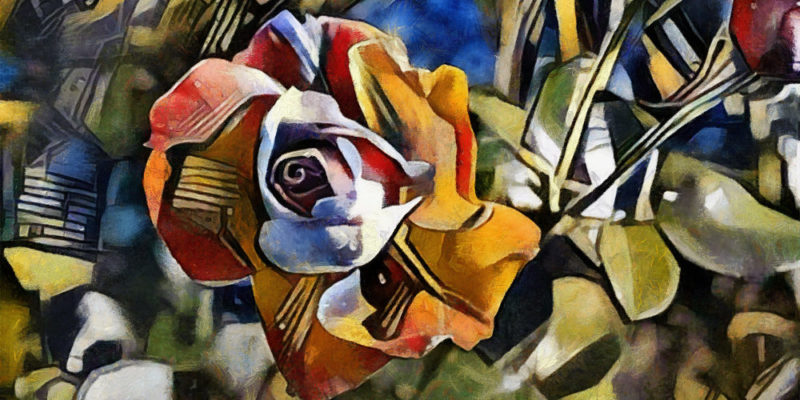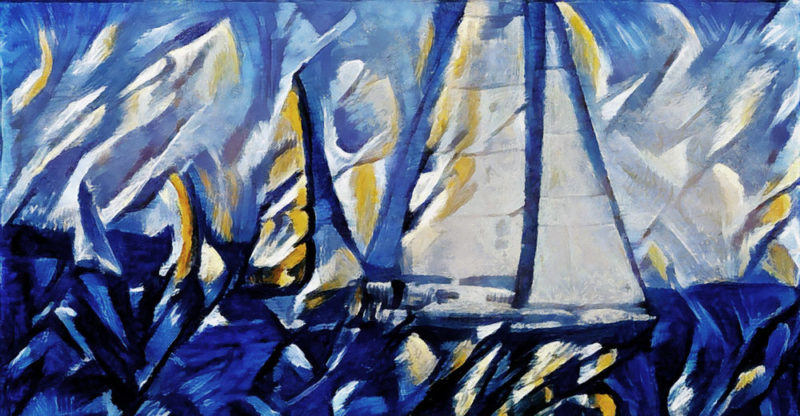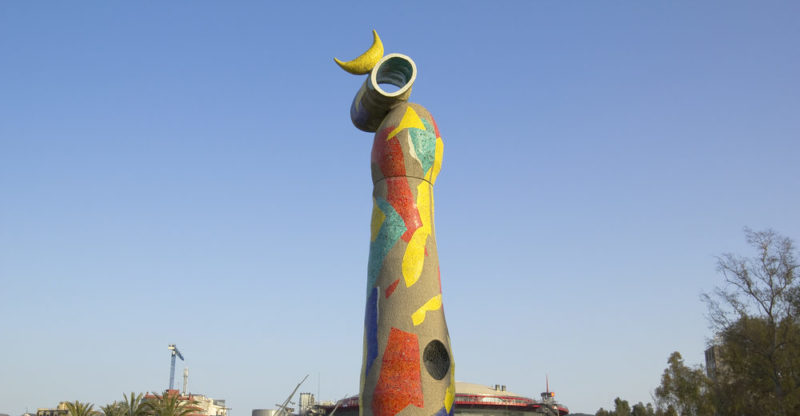We explain what cubism is and what its main characteristics are. Also, what is analytical cubism, synthetic and more.
What is cubism?
Cubism is a pictorial trend (that is, concerning painting) born in France between 1904 and 1914 and whose best known exponent is the Spanish painter and sculptor Pablo Picasso (1881-1973).
Cubism is considered a fundamental trend in the development of contemporary arts , since it opened the way to the European avant-garde of the 20th century, through a flagrant break with the traditional perspective models up to that time and in force since Renaissance times .
The term cubism was not proposed by the painters themselves, but by the specialized critics of the time, in the voice of Louis Vauxcelles, who affirmed that the works were made up of tiny cubes . In this regard, however, Picasso would later affirm that "When we did cubism, we had no intention of doing cubism, but only of expressing what we had inside."
Multiple perspective
The greatest act of rebellion of Cubism is undertaken against the customary notion of perspective, proposing instead a multiple perspective , which represents all the objects in the same and only plane .
Thus, betting on geometric shapes to represent nature, Cubism abandons the real appearance of things from a unique point of view , preferring to approach them from what is known about them. This makes it possible to represent objects and people from the front and in profile simultaneously, to renounce the sensation of depth and the seduction of the senses, and to propose the understanding and the intellect in their place.
In this sense, they are heirs to Cezánne's "constructive reaction" , who affirmed that all nature can be understood geometrically.
Color management in cubism

The intensity of colors of Impressionism and especially Fovism, were not of interest to Cubist painters, who opted for grays, greens and browns with low luminosity . During the first stage of Cubism, in fact, a monochromatic palette predominated, to which more colors were gradually added.
Pictorial referents
Cubism did not undertake a substantial variation of its references , which continued to be traditional still lifes, landscapes, and portraits. His interest pointed more to the way of representing them, than to the choice of what was represented in itself.
The idea was for art to be less imitative of the real world, embracing its art condition and aesthetic independence . This trend reaches its peak in collages , where the canvas is intervened with glued and nailed paper and wood .
Beginnings of cubism

Cubism formally begins with Pablo Picasso's The Young Ladies of Avignon ( Demoiselles D'Avignon ), although Cézanne himself and Georges Seurat are accused as precursors. Other scholars accuse the importance of photography in the liberation of pictorial art from the need to be faithful to reality, since the camera could do it more faithfully and immediately.
It has also been said that Cubism echoed a need to reformulate the points of view that was already in the environment , with the appearance of psychoanalysis, the Theory of Relativity and the interest in the fourth dimension.
The birth of Cubism took place in Paris , a city of great cultural relevance at the time, at the hands of the masters of the genre who would become Pablo Picasso, Juan Gris, Georges Braque and Fernand Léger.
Analytical Cubism
It is known by this name to the first stage of Cubism, which goes from 1909 to 1912 , and in which monochrome in gray and ocher predominates, as a gesture of disdain for color, since it was only interested in the work of geometrization of the reality.
It is also nicknamed "hermetic" cubism , since in an effort to decompose points of view, some of the works presented during this period were so challenging that they almost seemed to be abstract.
At this stage, cubism began to be exhibited to the public, not without scandal and critical rejection, in 1911 . In room 41 of the Salon des Indépendants, works by Jean Metzinger, Fernand Léger, Robert Delaunay, Albert Gleizes and Henri Le Fauconnier were shown.
The following year the first critical and theoretical studies of Cubism appeared, by Gleiz and Metzinger themselves: “On Cubism”, and by the poet and enthusiast Guillaume Apollinaire: “The Cubist Painters. Aesthetic meditations ”.
The Futurists, on the other hand, reproached Cubism for the lack of movement in their paintings, which they interpreted as a rejection of the dynamism typical of the time.
Synthetic cubism

This later stage of Cubism began in 1912 and lasted for about two more years . Its birth is linked to the incorporation by Georges Braque of words and numbers in his works, thus opening the way to the trend that Picasso and he himself would explore in his first collages, adhering wood or newspaper to canvases.
The first Picasso painting to use this technique was Still Life with a Straw Chair (1912), working the painting with paper pulp and oilcloth.
During this period, the color of Cubist paintings was noticeably enriched , and the style became more figurative, although the objects were still reduced to their essential characteristics and expressed in geometric language.
The First World War weakened this stage of Cubism at its most productive moment, when numerous French painters were called up in 1914.
End of cubism
The death of Cubism can be located around 1919, at the beginning of the postwar period . Most of the cubist painters undertook different aesthetic paths, such as Dadaism or directly abstractionism.
Only Juan Gris continued with his cubist experimentations , through a very refined style that reduced objects to their geometric essence. Picasso, in turn, would end up joining the surrealists .
Cubism in literature
Gustav Apollinaire, a well-known French writer, was so enthusiastic about Cubism that he set out to adapt it to literature . It is there that he conceived his famous "calligrams" and "ideograms", in which he sought to represent allegorical forms to the literary message, using the written text itself .
Determined to overcome the boundaries between artistic genres, Apollinaire experimented with these and other forms of visual poetry , achieving a work that would later serve as a great inspiration to the surrealists, led by Breton.
Cubism in sculpture

Picasso himself produced numerous statues , following the Cubist guidelines that inspired him. But he was not the only one: Alexander Achipenko, Jacques Lipchitz, Henri Laurens, Pablo Gargallo and Julio González were fertile cubist sculptors, the latter being also a pioneer in the use of iron through autogenous welding.
The principles of cubist sculpture point to the use of waste material , through techniques similar to collage, instead of working the same block of stone or marble. This is how the aesthetics of "absence of mass" developed, since they were three-dimensional figures with holes and voids on their surface.
Incursions into cubism
Painters of many other tendencies eventually dabbled in Cubism, before continuing on their unique artistic paths. In this way, Cubism was a very influential movement in later art schools .
Thus, the Dutch painter Piet Mondrian cultivated Analytical Cubism during his years in Paris, before returning to Holland and founding the De Stijl group in 1917. Other interesting cases are those of Marchel Duchamp and Jacques Villon, the latter with a moderate Cubism that he used bright colors.
Other well-known examples of this were the artists Emilio Petorutti, María Blanchard, Carlos Sotomayor, and Enrique Sosbisch.
The above content published at Collaborative Research Group is for informational and educational purposes only and has been developed by referring reliable sources and recommendations from technology experts. We do not have any contact with official entities nor do we intend to replace the information that they emit.
Luke is passionate about fostering student involvement and connection. He studied psychology for his major and likes learning about the past. Luke aims to specialize in artificial intelligence and cybersecurity. .
Leave a reply
Your email address will not be published. Required fields are marked *Recent post

Sport: What Is It, Types, Risks, Features, Characteristics and Examples

Dogs: Emergence, Features, Characteristics, Feeding and Breeds

Story: Definition, Elements, Structure, Features and Characteristics

